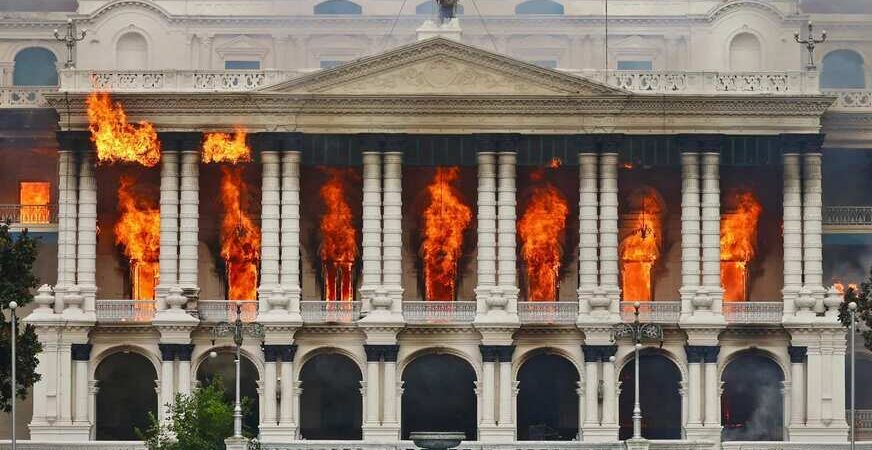In early September 2025, Kathmandu erupted in unprecedented unrest as thousands of young Nepalis, predominantly from Generation Z, took to the streets in a powerful anti-corruption movement. What began as a protest against a government-imposed social media ban quickly escalated into a nationwide uprising, leading to the resignation of Prime Minister K.P. Sharma Oli and a profound shift in Nepal’s political landscape.
🔥 What Sparked the Uprising?
The immediate trigger was the government’s decision to block access to 26 major social media platforms, including Facebook, X (formerly Twitter), and YouTube, citing concerns over misinformation and unregistered accounts. This move was perceived by many, especially the youth, as an infringement on free expression and a tactic to suppress dissent. The ban ignited widespread protests, with demonstrators chanting slogans like “Stop corruption, not social media”
Underlying these protests were deeper frustrations with systemic corruption and the lavish lifestyles of the political elite’s children, often referred to as “Nepo kids.” Many young Nepalis felt disconnected from a political system that seemed to prioritize personal gain over public welfare.
⚠️ Escalation and Violence
On September 8, the situation intensified when police opened fire on protesters near the Parliament building, resulting in at least 19 deaths and over 100 injuries. The following day, demonstrators breached and set fire to several government buildings, including the Singha Durbar, the Prime Minister’s residence, and the Parliament
The violence led to the resignation of Prime Minister Oli and the imposition of a nationwide curfew. The Nepali Army took control of key areas, including Tribhuvan International Airport, to restore order.
🧭 A Generation’s Call for Change
The protesters, many of whom were students, expressed a desire for a political system that was transparent, accountable, and inclusive. They advocated for the dissolution of the current parliament and the establishment of a new constitution that better reflected the aspirations of Nepal’s youth.
In the aftermath, discussions began regarding the formation of an interim government. Former Chief Justice Sushila Karki emerged as a potential leader, with many protesters supporting her nomination.
🔍 Looking Ahead
As of September 11, the situation remains tense but under control. The Nepali Army continues to patrol the streets, and curfews are still in effect in several areas. The nation stands at a crossroads, with its youth demanding a political system that serves the people, not the powerful.
The events in Kathmandu have sent a clear message: Nepal’s Generation Z is no longer willing to accept the status quo. Their call for change resonates not only within Nepal but also across the region, highlighting the power of youth activism in shaping the future.
Read More News – https://news.wolf7pay.com/centre-revenue-loss-india-ban-on-real-money-online-gaming-2025/
